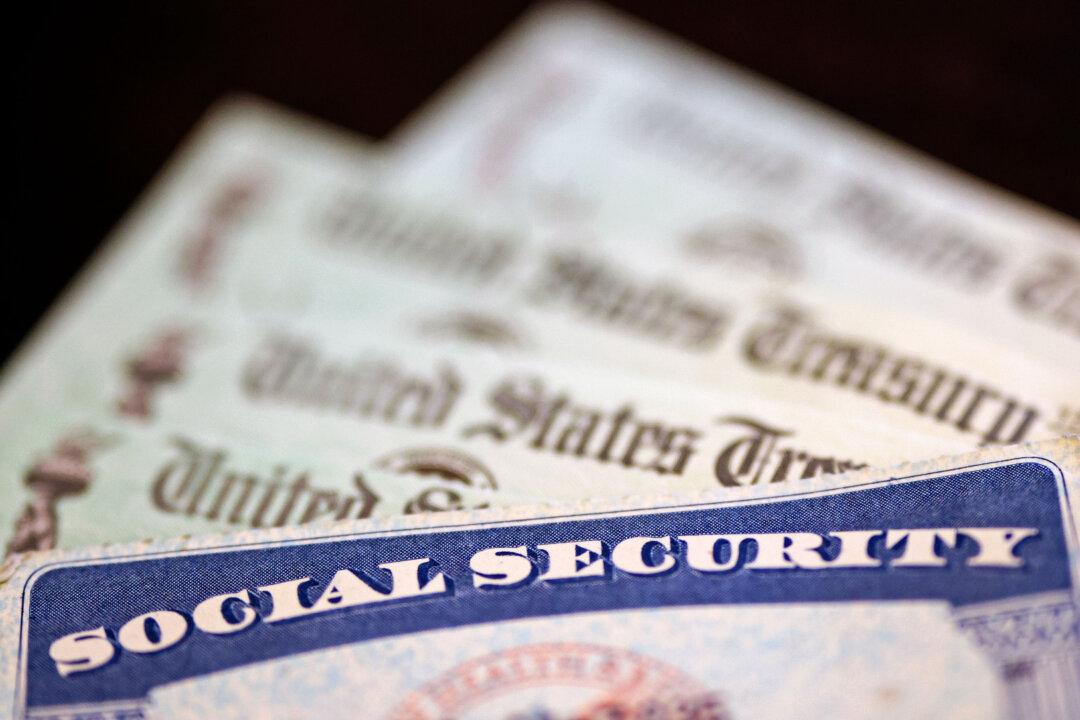A combination of a shortage in homes for sale and rising prices is turning home ownership into an unattainable dream for many Americans, according to a report by the National Association of Realtors (NAR).
A household making between $75,000 and $100,000 per annum is now able to buy just 51 percent of the active housing inventory, which is a 7 percent decline from the 58 percent in 2019. At the same time, housing inventory has plunged to a “historic low.” NAR calculates the current inventory to be 57 percent lower than in 2019.
“There are about 245,300 homes currently listed for sale that a household earning $75,000 to $100,000 can afford to buy. By comparison, there were 656,200 available homes for that same household pre-pandemic. Thus, due to the ‘double trouble’, there are nearly 411,000 fewer homes available for sale for this household compared to pre-pandemic,” the report states.
NAR estimates there are 15.9 million households that earn between $75,000 and $100,000 but only 245,300 homes to buy. This means that for every 65 households in the income group, there is one affordable property for sale. In 2019, there was one property available for every 24 households.
According to NAR’s calculations, home affordability for households making between $50,000 and $75,000 has dropped by 6 percent. There were only 165,280 listings for this income group by the end of 2021, which is 63 percent less than the 450,220 properties available at the end of 2019.
Due to these hardships, some homebuyers are partnering up with others to pool assets and purchase a shared home.
Amanda Schneider, 30, bought a home in Tennessee for $315,000 along with two other individuals during the initial period of the pandemic.
The trend of rising home prices is also reflected in the S&P CoreLogic Case-Shiller Indices, a leading measure of U.S. home prices. The National Composite Index, which measures annual home price change, rose by 18.8 percent in 2021, the highest calendar year increase in 34 years. The previous highest was a 10.4 percent gain in 2020.
All 20 cities in the 20-City Composite registered a price increase. Phoenix saw the highest price gain in 2021 at 32.5 percent, followed by Tampa at 29.4 percent, and Miami with 27.3 percent.






